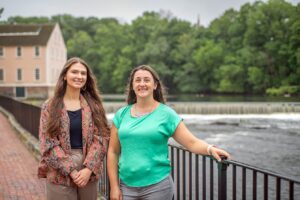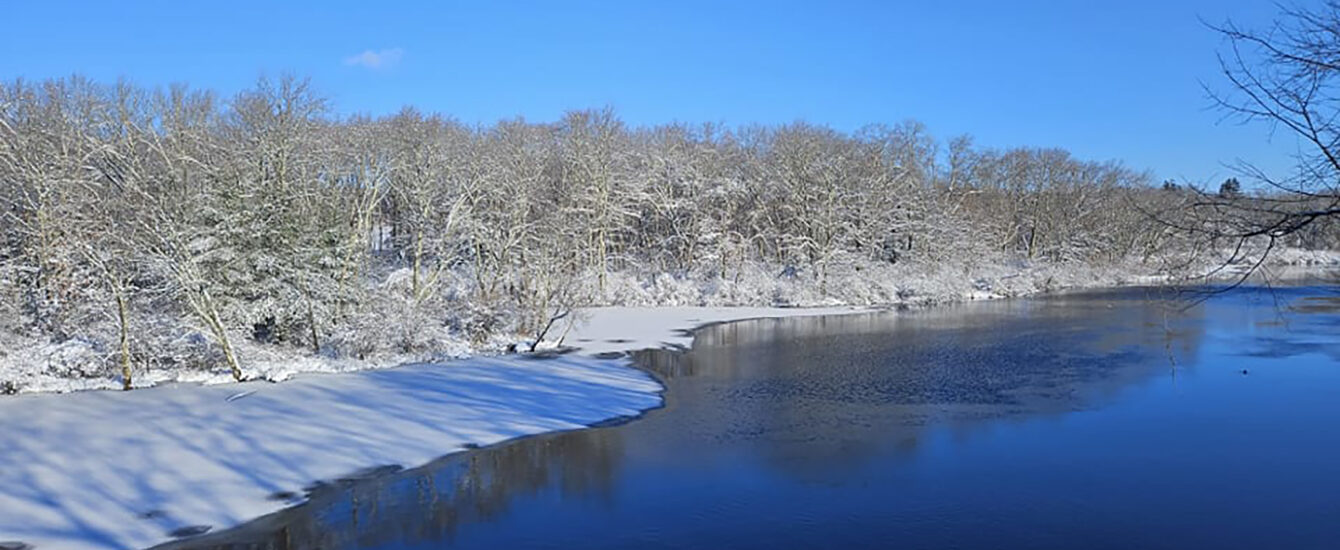
The Blackstone River’s health and history are inextricably intertwined with its role as the birthplace of the Industrial Revolution. Plans at all levels prioritize restoration in this heavily impacted watershed. In addition, advocates have worked for decades to create fish passage. However, without local capacity or training available, we lack practitioners to advance these complicated projects. Marsh Institute Research Scientist and Blackstone Watershed Collaborative Program Manager Stefanie Covino received funding from the U.S. Environmental Protection Agency for the project “Collaboratively Restoring the Hardest Working River in America.” Two goals of the project include hosting a dam removal training workshop for ~150 participants and organizing a series of technical stakeholder working group meetings for tribes, federal agencies, dam owners, and others working to advance fish passage along the Blackstone River.
For full project descriptions, see the Marsh Institute Research Projects web page.

